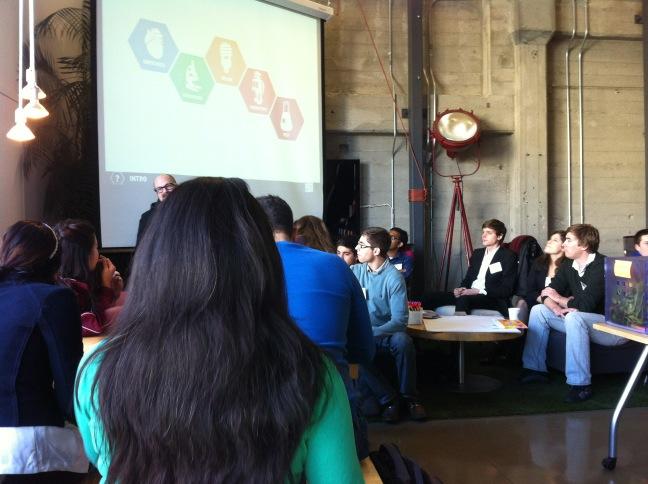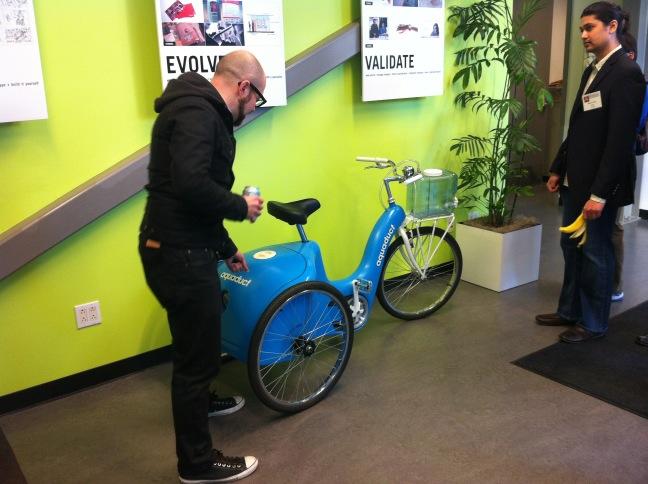I've been working full time on Contastic (getcontastic.com) for about three months now fully immersed in the valley culture. It's amazing to be in a place with so many resources, but each opportunity is also a distraction. Time is your most precious commodity - if it's not invested wisely, your company will die. In the spirit of helping founders make better choices here are the seven deadly startup sins to avoid:
1 - Building too many things
It's hard enough to build one feature well. If you attempt anything more than that you will dilute your resources and will end up with a basket of mediocre features that nobody cares about. Approach scoping from the prospective of a 10 second demo - only build what can be demoed in 10 seconds or less. This is all the time you'll get from a customer or investor. Spend your time making one amazing magical feature that can wow anyone in 10 seconds.
2 - Getting feedback from non-customers
The first thing people do when building a company is to ask the people around them. This is lazy and leads to bad information that will lead you down the wrong path. Focus on customers - people willing to pay for your product at some point. Ignore all other input.
3 - Building features customers won't pay for
When I started using lean methodologies I quickly found myself drowning in divergent customer feedback. When asked 'what would you use?', customers will ask for everything under the sun. The real question is 'what would make you pay (more) for this product'? If adding a feature doesn't change their willingness to pay drop it. Only build what changes willingness to pay for a large segment of your customers.
4 - Following advice
Almost all advice is well intentioned, but bad. Nobody knows your business like you do. Ask people for their stories, their experience, and their opinion within their scope of expertise. Do not ask for or listen to anything else. The worst advice comes from experts outside their field of expertise. It sounds deceptively credible, but will lead you down the wrong path.
5 - Telling customers what they need
Coming from a sales background I'm naturally inclined to get to 'yes'. While good sales, this drive is a terrible way to gather data. When interviewing customers adopt the socratic method - ask questions and avoid making any declarative statements all together.
6 - Not asking for the introduction
Every good conversation you have should send with an ask for introductions to others. At any stage if you have one person that likes you, your idea, or your product, use them to find similarly minded people. Birds of a feather flock together, so one fan can usually lead you to more.
7 - Not having a plan
Engineers are often guilty of the 'build first ask questions later' mentality. Building is the most expensive way to validate an idea. Create a step-by-step plan which ends with coding - require a high barrier of proof before building anything other than mockups. We use the rule of 10 - 10 customers must say yes before we move on. In this model we'll talk to at least 30 customers before coding. Here's what we follow:
 |
| Customer Development Pipeline |
Note: after the first couple interviews we lump the first three steps together. Just be careful to ask them in order so you don't influence the user's perception of the problem with your solution. Also, drop customers from your funnel if their needs start to diverge from the pack. You don't need to make everyone happy - just 10.




 The next stop on our tour of the Boston Founder ecosystem brings us to the Central Square offices of
The next stop on our tour of the Boston Founder ecosystem brings us to the Central Square offices of 




 First stop was at
First stop was at 


 A recent
A recent 








 The closing speaker for the i-Lab’s Silicon Valley trek was
The closing speaker for the i-Lab’s Silicon Valley trek was  To end our last day of VC visits in the Valley we spent the afternoon with
To end our last day of VC visits in the Valley we spent the afternoon with 